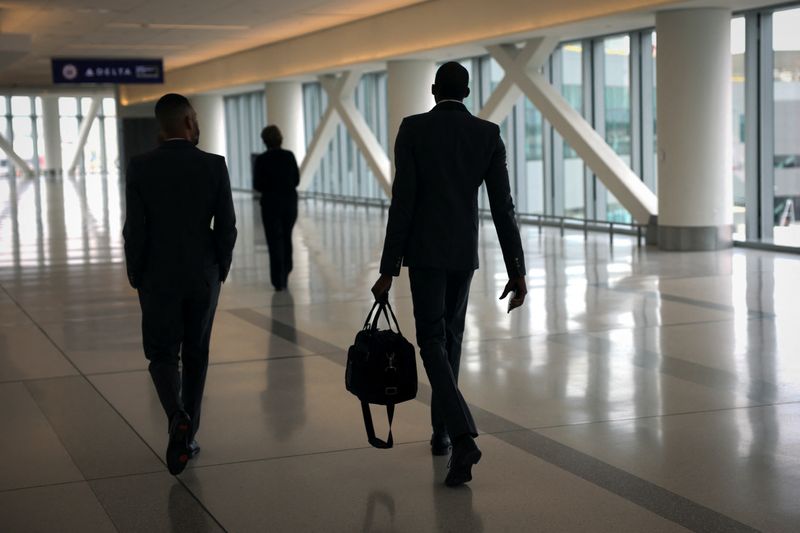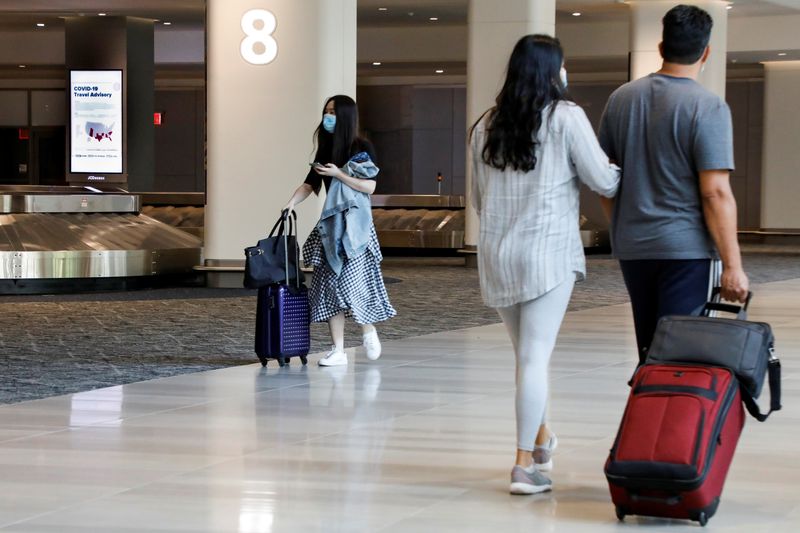By David Shepardson
NEW YORK (Reuters) - New York officials on Wednesday celebrated the six-year $8 billion reconstruction of the city's long-derided LaGuardia airport with a brand new Delta Air Lines (NYSE:DAL) terminal.
Delta's glittering 1.3 million-square foot $4 billion Terminal C will begin flights on Saturday at nine of the 37 new gates. Delta, the largest carrier at LaGuardia, is flying 255 flights daily to 70 cities this summer.
New York and airlines spent $8 billion to reconstruct the airport that then-Vice President Joe Biden in 2014 dubbed "some third-world country."
New York Governor Kathy Hochul did not forget Biden's earlier assessment. "Come see this, President Biden, because your jaw is going to drop," Hochul said at a grand opening event.
Rick Cotton, executive director of the Port Authority of New York and New Jersey, said LaGuardia had transformed from the "most reviled airport in the nation" into a world-class facility.
Airlines provided about two-thirds of the cost, with about $3.4 billion from Delta, New York said.
American Airlines (NASDAQ:AAL) in 2020 opened its new arrivals and departures hall at LaGuardia Terminal B. In January, the $4 billion terminal redevelopment project was completed.
In 2017, New York and Delta broke ground to consolidate Terminals C and D into a single terminal across four concourses and a centralized departures and arrivals hall. The terminal features high-tech art work, power outlets at all seats and fancy new restaurants.
Delta Chief Executive Ed Bastian said that in 2017 "it was the single biggest investment decision" in the airline's history. Delta is investing more than $6 billion in New York's LaGuardia and John F. Kennedy International Airport, he added.
The new LaGuardia terminal includes Delta's largest airport lounge, a 34,000-square foot Sky Club with panoramic views that when finished can accommodate nearly 600 people.

In 2021, LaGuardia was the 25th busiest U.S. airport serving 7.8 million passengers. The New York City area, with three major airports, is the most congested airspace in the United states.
Airlines are forecasting record travel demand this summer as Americans who delayed trips during COVID-19 return to the skies.
